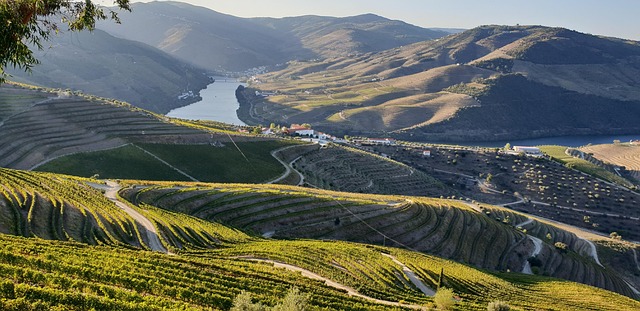Digital age food movements revitalize urban & rural landscapes through community engagement, sustainable agriculture & farm-to-table concepts. Real estate developers integrate these principles into projects, boosting neighborhood vitality, resilience, & cultural fabric while supporting local farmers & adopting healthier lifestyles. Agricultural real estate transforms underutilized spaces into community hubs, celebrating agricultural heritage & fostering economic growth through collaborative practices, strengthening social bonds & preserving rural roots as an integral part of community identity.
In today’s digital age, communities are seeking ways to reconnect and foster strong local bonds. One unique approach is through agricultural roots, tapping into the rich potential of local food movements and rural spaces. This article explores how engaging with agricultural landscapes can drive community growth. We delve into strategies such as leveraging agricultural real estate for communal connections and cultivating sustainable relationships rooted in rural traditions. By embracing these concepts, communities can flourish while preserving their unique character.
Tap into Local Food Movements for Community Building

In today’s digital era, local food movements are fostering a sense of community and revolutionizing the way folks think about their food choices. When it comes to growing communities with agricultural roots, tapping into these movements can be a game-changer for real estate developers and urban planners. By integrating farm-to-table practices and promoting sustainable agriculture, developers can create vibrant, bustling neighborhoods that prioritize fresh, local produce.
This approach not only enhances the quality of life for residents but also contributes to a more resilient community. Local food movements encourage folks to connect with their surroundings, support local farmers, and embrace a healthier lifestyle. As a result, these communities become a symphony of shared values, where residents are engaged, connected, and proud of their agricultural heritage.
Agricultural Real Estate: A Nurturing Space for Connections

Agricultural real estate serves as a vibrant hub, fostering connections and strengthening communities rooted in agricultural traditions. This unique asset offers more than just fertile land; it provides a nurturing space for people to gather, collaborate, and celebrate their shared heritage. From community gardens and farm stands to educational workshops and cultural events, these properties transform into dynamic centers where generations can connect, knowledge can be exchanged, and a sense of belonging can thrive.
By converting underutilized agricultural spaces into vibrant community hubs, local real estate developers play a crucial role in revitalizing rural landscapes and fostering a deeper connection to the land. These initiatives not only preserve agricultural heritage but also create opportunities for economic growth, promoting sustainable practices and strengthening the social fabric of agricultural communities.
Creating Sustainable Bonds Through Rural Roots

In today’s fast-paced world, reconnecting with our agricultural roots can foster a sense of community and sustainability. Rural areas often offer a unique opportunity to build strong bonds among residents, as they share a deep connection to the land and traditional ways of life. This shared heritage can be a powerful catalyst for community growth. By embracing agricultural practices, folks engage in a collective effort to nurture not just crops but also the social fabric of their neighborhood.
Real Estate in these regions often reflects this tight-knit spirit, with properties that cater to communal living and sustainable farming. From cooperative farms to shared gardens and local markets, these spaces encourage interaction and enhance the overall quality of life. Such initiatives not only strengthen community bonds but also contribute to a greener, more self-sufficient future, ensuring that rural roots remain an integral part of their identity.






